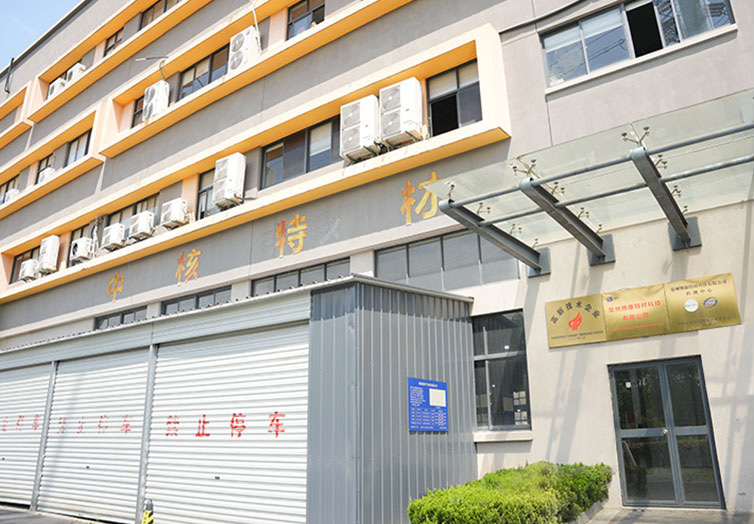The Versatile Power of Nickel-Titanium Alloy: Questioning Its Limitless Potential?
In the field of materials science, nickel-titanium alloy (NiTi), as a magical metal that combines superelasticity and shape memory properties, is gradually becoming a shining star in the medical, aerospace and industrial fields. Its unique physical properties and broad application prospects have not only promoted the progress of related technologies, but also led a material revolution. This article will explore in depth the characteristics, applications and outstanding contributions of NiTi alloy in this field.
The key to the standout of NiTi alloy among many materials lies in its two core properties - superelasticity and shape memory effect. Superelasticity means that within a specific temperature range, NiTi alloy can withstand deformation far exceeding that of ordinary metals without permanent damage, and can quickly return to its original state once the external force is removed. This feature makes NiTi alloy an ideal material for manufacturing precision mechanical parts and dynamic stress environments. The shape memory effect gives NiTi alloy the ability to "remember" its original shape. Even after high-temperature deformation, it can automatically return to its original shape as long as it is reheated above the transition temperature. This feature is particularly important in application scenarios that require precise control and resetting.
In the medical field, the application of nickel-titanium alloys covers almost all aspects from minimally invasive treatment to rehabilitation assistance. Its good biocompatibility and shape memory properties make nickel-titanium alloy stents, guide wires, orthodontic arch wires and other products a powerful tool for doctors. For example, cardiovascular stents use the shape memory properties of nickel-titanium alloys to automatically expand and support blood vessels at body temperature, which not only ensures the treatment effect but also reduces surgical trauma. In addition, the application of nickel-titanium alloys in neurostimulators, dental implants, etc. has greatly improved the accuracy of medical treatment and the quality of life of patients.
The aerospace industry has extremely demanding requirements for materials, requiring both high strength to withstand extreme flight conditions and good corrosion resistance to cope with complex environments. Nickel-titanium alloys perfectly meet these requirements with their excellent performance. In aircraft engines, structural parts and space exploration equipment, the application of nickel-titanium alloys not only reduces the overall weight and improves efficiency, but also enhances the stability and durability of the structure, providing a solid guarantee for the safety and development of aerospace.
In the industrial field, the shape memory function of nickel-titanium alloys is widely used in automation components such as springs, actuators and sensors. These components can automatically adjust their shape or position according to environmental changes, achieve self-regulation and adaptive control, and greatly improve production efficiency and product precision. At the same time, the excellent fatigue resistance and stability of nickel-titanium alloys also make it the preferred material for manufacturing high-precision mechanical parts and complex structural parts.
Bokang Titanium, located in the West Taihu Medical Industrial Park, as a leading enterprise in high-quality titanium alloys and nickel-titanium alloy materials, has always been committed to technological innovation and product quality improvement. The company focuses on the production of medical-grade, aerospace-grade and industrial-grade pure titanium, titanium alloys and nickel-titanium alloy rods and wires. With advanced production processes and strict quality control systems, it ensures excellent and stable product performance. Bokang Titanium's products are not only well-known in the domestic market, but also exported to many countries and regions overseas, providing high-quality material solutions for global customers.
Nickel-titanium alloys are gradually becoming an important force in promoting scientific and technological progress and industrial upgrading with their unique physical properties and broad application prospects. As a leader in this field, Bokang Titanium will continue to uphold the spirit of innovation and quality concepts to provide customers with better products and services and jointly create a better future.

 Inquire Us
Inquire Us
 EN
EN
 English
English 日本語
日本語 한국어
한국어 Español
Español عربى
عربى русский
русский Deutsch
Deutsch 中文简体
中文简体


















































